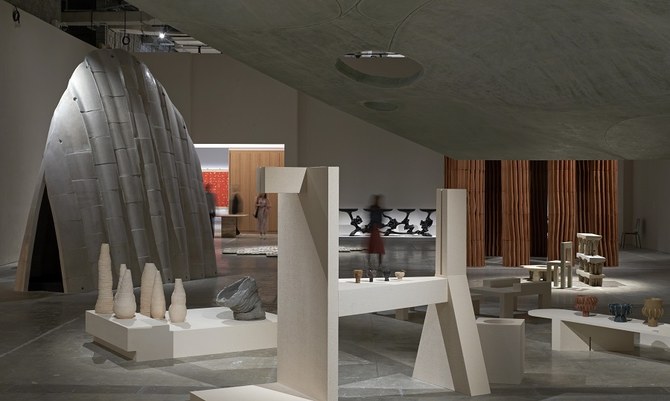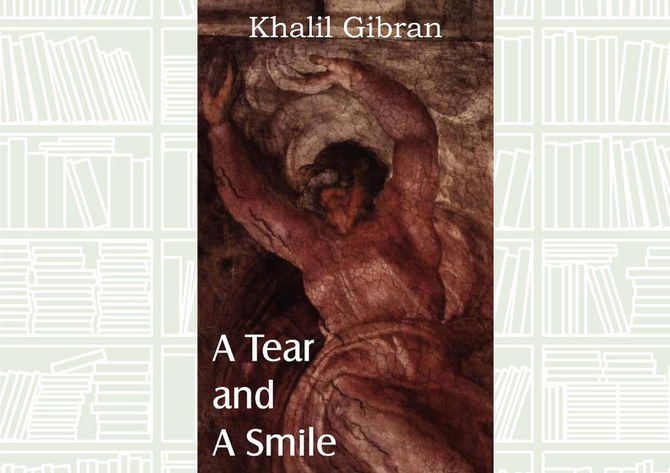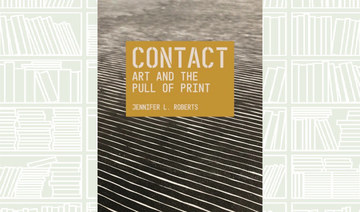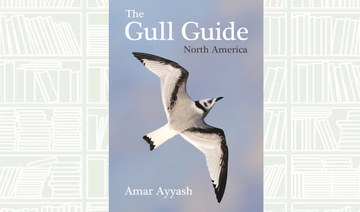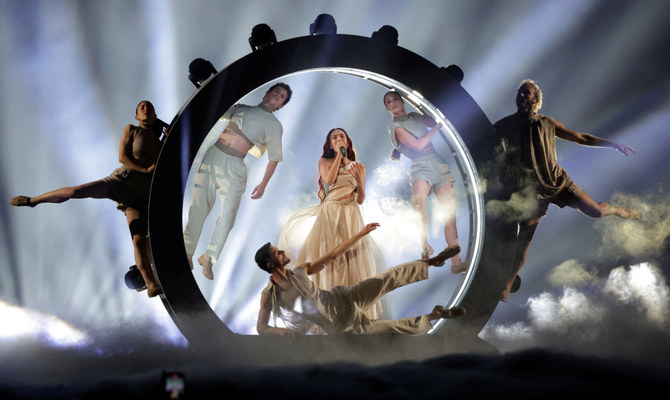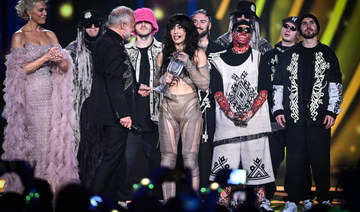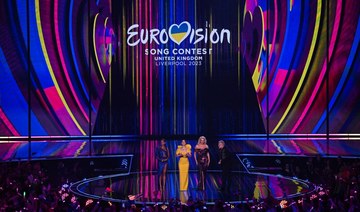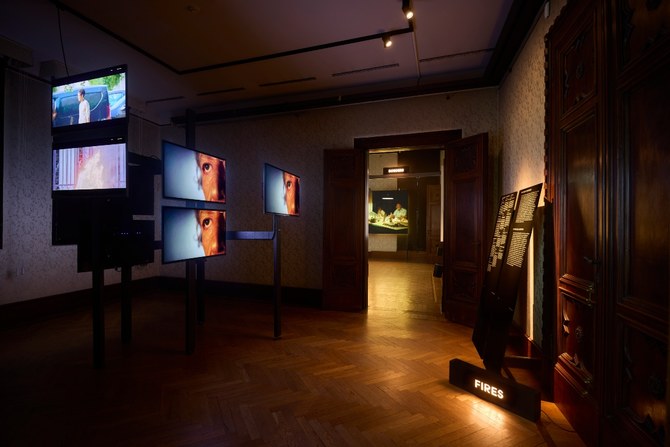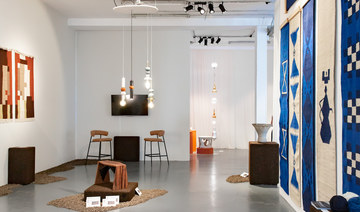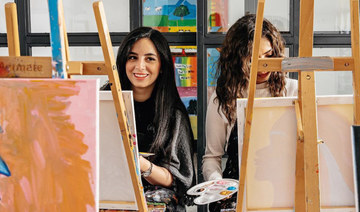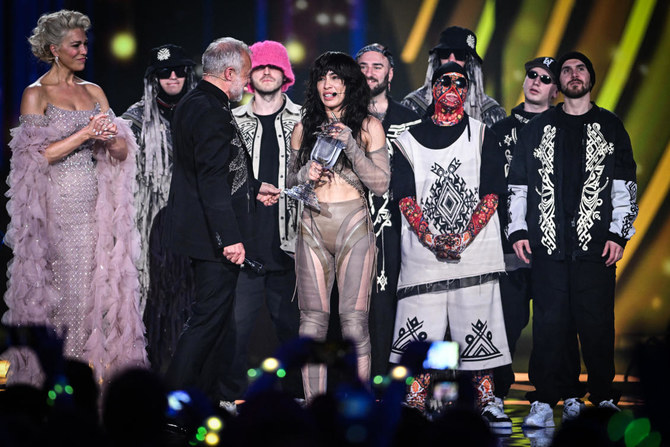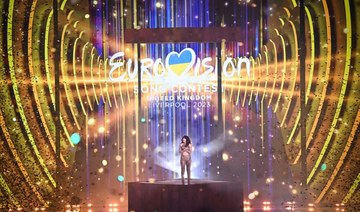DOHA: The inaugural Design Doha Biennale runs until Aug. 5 and offers a platform for designers from across the Middle East — including Egypt, Iraq, Jordan, Lebanon and the West Bank — to showcase their creativity through a wide variety of projects.
The central exhibition, titled “Arab Design Now,” is curated by Rana Beiruti, the co-founder of Amman Design Week, and features a survey of more than 70 designers. On view at M7 in Doha, the show also boasts 38 commissioned works.
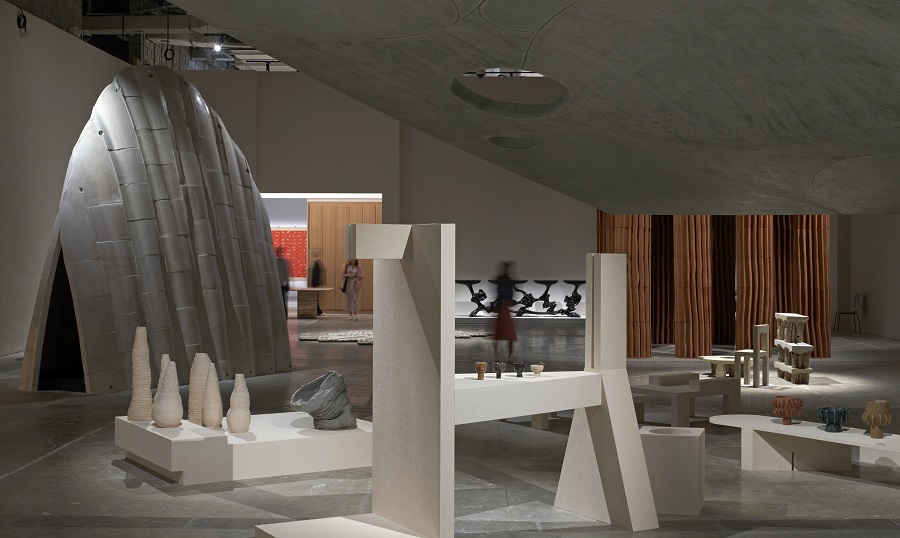
The show features a survey of more than 70 designers. (Edmund Sumner)
“The works on display showcase a commitment by designers from the Arab world to present rich heritage-based traditions and rituals from the region while also reinterpreting them and adapting them,” Beiruti told Arab News. “This is a representation of the Arab nation because the borders that exist in our part of the world are imposed borders. We were all, kind of, one people before with similar cultures and traditions.
“The commonalities emerge in unexpected ways from designers hailing from Morocco to Qatar,” added Beiruti. “Knowing the design landscape of the region, there were certain moments that I was looking to explore as well as parts of the conversation about Arab design I wanted to fill … and I did so with this constellation of works from around the Levant, North Africa and the Gulf.”
A large stonework structure made in a triangular, tent-like form that emulates pointed arches found across Palestine, Syria and Lebanon appears prominently on the second floor of the exhibition space. Titled “Tiamat” (2023), it is by Palestinian architects and brothers Elias and Yousef Anastas who run the award-winning AAU Anastas design studio in Bethlehem.
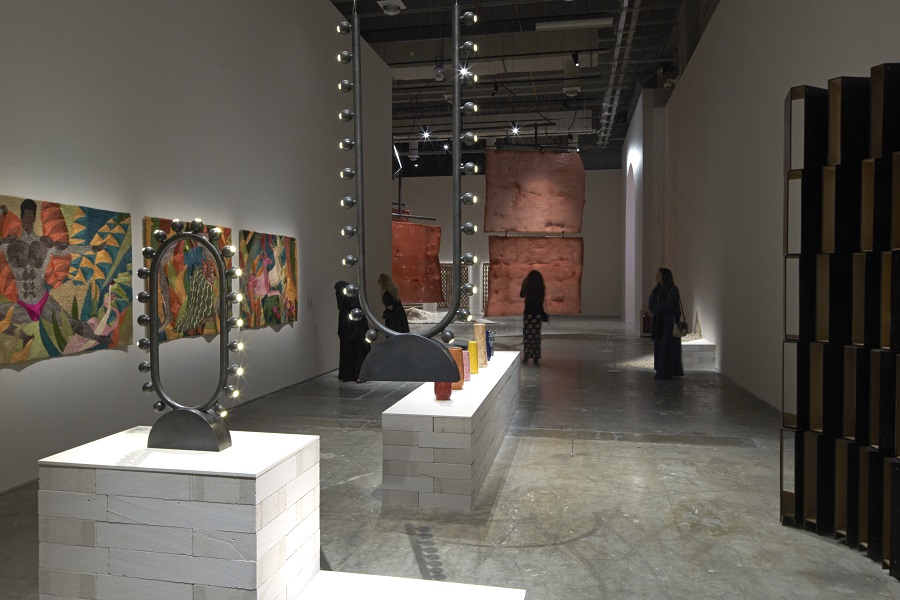
On view at M7 in Doha, the show also boasts 38 commissioned works. (Edmund Sumner)
“’Tiamat’ is part of our ongoing research ‘Stone Matters’ that is advocating for a contemporary use of structural stone in architecture in Palestine and elsewhere … (we have) been particularly interested in the politics of stone use for low carbon footprint structures, more resilient cities and more responsible quarry exploitation,” Elias Anastas told Arab News.
Nearby is an elaborately rendered dresser titled “Bridal Chest” by Jordanian collective Naqsh, by sisters Nisreen and Nermeen Abu Dail. Its rich and ornate detailing reflects traditional patterns worn by a bride during Palestinian weddings.
“This piece was inspired by a Palestinian bridal bag where the bride places all of her attire that she then carries to her husband’s house,” Nermeen Abu Dail told Arab News. “The chest is made in onyx stone and hand cut (with) inlaid pieces of brass. It also evokes the patterns on a Palestinian shawl.”
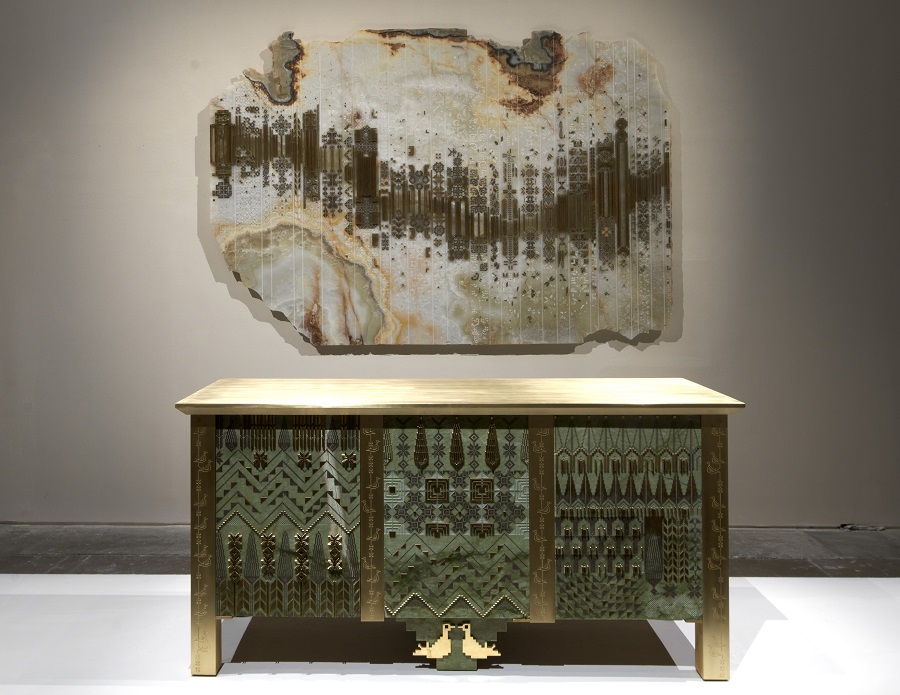
“Bridal Chest” by Jordanian collective Naqsh. (Edmund Sumner)
In an adjacent room, Jeddah-based Bricklab joined the 6:AM collective to create “An Archive for Modern Glass” (2023), an illuminated five-meter-tall column that combines Bricklab’s ongoing research on modern development in Jeddah with 6:AM’s knowledge of Venetian glass. The patterns, textures and colors reflect those found in Jeddah’s modernist structures built from the 1960s to the 1990s.
Once again marrying traditional Arab design with materials and structures from the West, particularly Venetian glass (a material that shares a rich Arab history), is Abeer Seikaly’s “Constellations 2.0: Object. Light. Consciousness” (2023), a stunning chandelier made in brass, stainless steel, cables and LED light fittings handcrafted from over 5,000 pieces of Murano glass, intricately linked together to form one continuous mesh circular form. The piece merges Venetian glassmaking with Bedouin weaving practices.
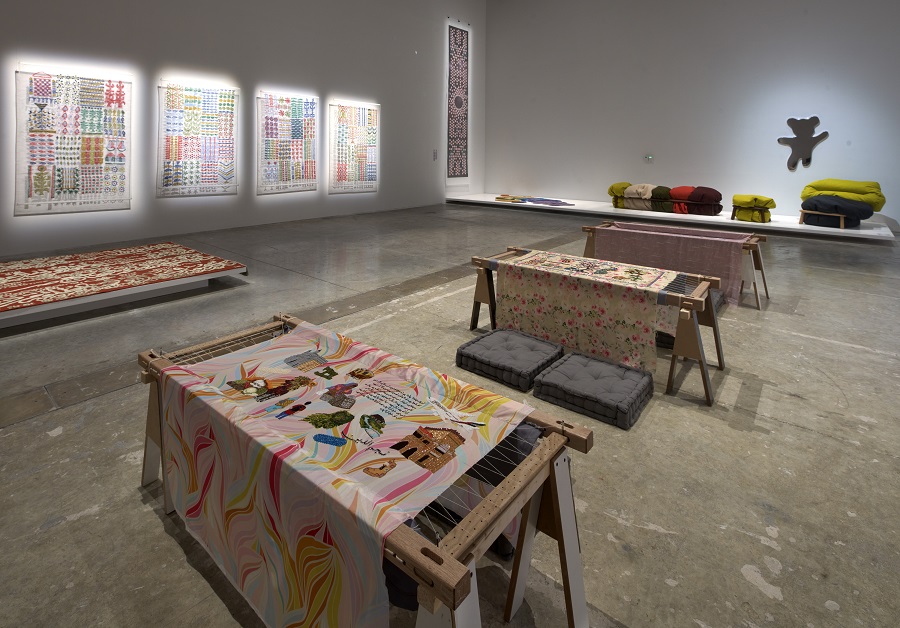
The inaugural Design Doha Biennale runs until Aug. 5. (Edmund Sumner)
In addition to “Arab Design Now,” five additional exhibitions are running as part of the inaugural edition of Design Doha: “Colors of the City: A Century of Architecture in Doha”; “Weaving Poems; 100/100 HUNDRED BEST ARABIC POSTERS Round 04”; “Crafting Uzbekistan: Tradition in Threads; and “Cultural Kinship.”
Artistic Director of Design Doha Glenn Adamson told Arab News visitors would be treated to a “profound story.”
“The way it is conceived by beginning with the theme of the land reflected by using materials that come from the land through craft, through symbolism, spirituality, and then into these ideas about advanced technology, computational design, followed by language and culture — it is all very subtle but the works on show. and the journey it takes visitors on, reveals a profound story,” he said.



